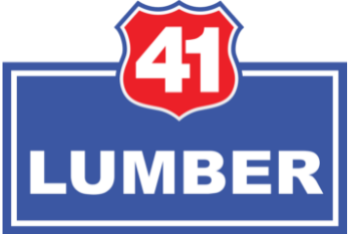{article.name}
Social Media Links
Kitchen Design

- Share this:
- Share on Facebook
- Pin on Pinterest
- Tweet on Twitter
Most kitchen layouts start from the concept of a “work triangle” between the sink, refrigerator, and cooking surface (Figure A). For an efficient work triangle, follow these guidelines:
- No leg of the triangle should be less than 4 ft. or greater than 9 ft.
- The total distance between all three points should fall between 12 and 26 ft.
- Traffic patterns and cabinets should not obstruct any leg of the triangle. No leg should intersect an obstacle by more than 12 in.
- Never separate two primary work centers (such as the main sink and cooktop) with a refrigerator, a full-height, full-depth cabinet, a wall oven, or a pantry cabinet.
Figure A: Work Triangle
The distance between the refrigerator, primary cooking center, and the primary sink (measured from the center front of each appliance) should be less than 26 ft., with no leg longer than 9 ft.
Daylighting. More than just about any other room in the house, the kitchen benefits from good daylighting. As a rule of thumb, the combined area of windows and skylights should equal at least 10% of the area of the kitchen (or of the living space that includes the kitchen).
Traffic. One key to successful kitchen design is making sure a kitchen layout handles traffic well. Avoid plans in which people have to pass through the main kitchen work area to get from one part of the house to another.
Entrances and walkways. Make entrances to the kitchen at least 28 in. wide (for a very tight kitchen). A better target is 32 in. wide (Figure B). Make walkways at least 36 in. wide (42 in. is a better target), and allow at least 36 in. of clearance for cabinet access (the distance from the cabinet front to a wall or obstacle).
Figure B: Kitchen Clearances
The minimum clearances shown here will work if floor space is very limited. But a good target in a one-person kitchen is 32-in.-wide work aisles (measured from counter edge to counter edge) and 36-in.-wide passageways.
To maintain enough clearance between cabinets for people to work and pass each other, draw all doors and drawers in the open position in the design phase. The HUD Minimum Property Standards (1980) stipulates a minimum clearance between cabinets of 40 in. for one person (42 in. is a more generous target) and 48 in. for two (a more generous allow-ance is 60 in.). Anything over 60 in. just means extra walking between one counter and the next, reducing efficiency.
Basic Layouts
The layouts shown in Figure C make good starting points for a kitchen design.
In-line arrangements are the most cost- and space-efficient. Better suited to apartments than homes, an in-line arrangement is definitely a one-person kitchen. If enclosed by a back wall, as shown in Figure C, use the wall for a pegboard or for narrow shelving (depending on space) to compensate for the lack of cabinet storage.
Galley plans, also compact, add a second work center on an opposite wall. Besides adding more work space, this plan allows two people to work simultaneously if the space is wide enough. The open end presents no problem if it leads to a pantry or laundry room, but it invites conflicting traffic if it’s an entrance door.
L-shaped plans offer the most flexibility. They have plenty of easily accessible work surfaces and can be combined with an adjacent island, dining table, or dining area (off either end of the L) for auxiliary preparation space.
U-shaped plans make good use of limited space and have the added benefit of blocking through-traffic. The tradeoff is some loss in flexibility. You can’t, for example, stick a dining table in the middle without blocking the work triangle.
Figure C: Basic Kitchen Layouts
While these basic layouts make a good starting point for kitchen design, they reflect an “average” user’s requirements. The final design may need to be adjusted to reflect a client’s specific needs and desires.
Sign up for our Email List
Stay updated with all our latest posts, products and offers! Just enter your information below.


Comments